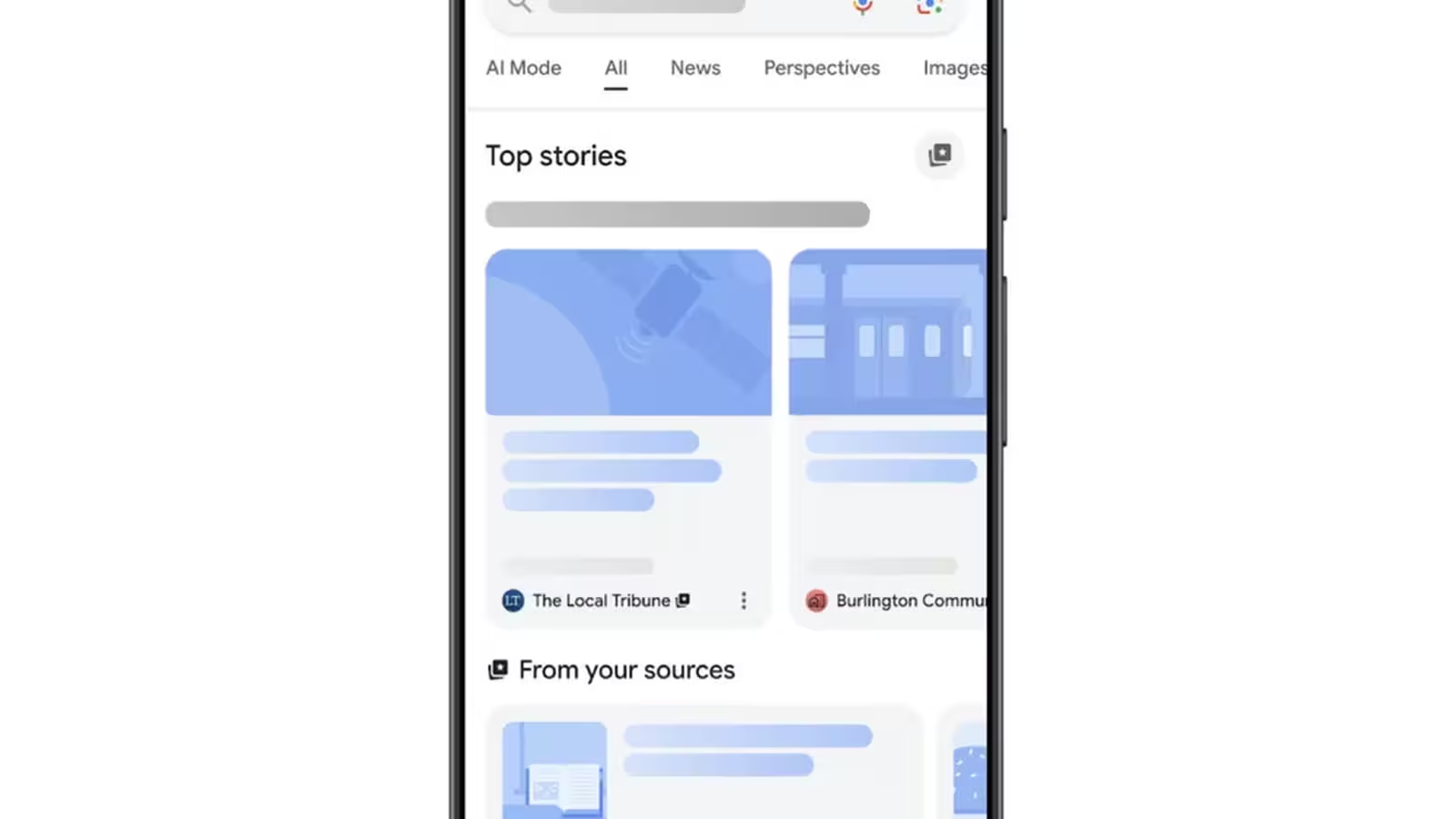3 Minutes
Google Unveils a New Experiment to Transform Your Search Experience
Google Search, the world's most popular information discovery tool, is rolling out an innovative feature that could radically change how users encounter news and information online. Introducing 'Preferred Sources,' Google’s latest experiment aims to give users unprecedented control over which websites appear most prominently in their Top Stories feed.
How Preferred Sources Works in Google Search
Available for now through Search Labs in English (exclusive to the US and India), Preferred Sources empowers users to curate their news experience by prioritizing content from selected publishers, blogs, and outlets. Those invited to the experiment will spot a star icon next to the 'Top Stories' section on the Google Search results page. By tapping this icon, users can add their favorite technology sites, news organizations, or sports blogs—provided those sites continually publish fresh, relevant content.
Once you’ve selected your preferred sources, Google will showcase more stories from these outlets in your Search results when relevant to your queries. Each preferred source is clearly labeled, giving you transparency while still ensuring variety by including headlines from other publishers.
Advanced Filtering Meets User Empowerment
The Preferred Sources feature builds on existing customization tools in Google Search—such as following favorite sports teams, tracking fashion trends, or staying updated on breaking news—but takes personalization even further. With more than 16 billion Google queries processed daily, this move could fundamentally shift how billions discover information and consume diverse perspectives online.
Advantages and Potential Use Cases
For many tech-savvy users and professionals, the new feature is a leap forward in filtering out low-quality, spammy content. Imagine instantly surfacing well-researched articles from trusted technology blogs or ensuring your go-to news outlet appears at the top every time major stories break. This tailored experience could save time and elevate the quality of your daily information intake—whether you’re researching for work, following industry news, or keeping up with your favorite sports leagues.
Preferred Sources is especially significant for journalists, researchers, and those who rely on the reliability of specific news publishers for accurate, up-to-date reporting. By making it easier to access trustworthy outlets, Google reaffirms its commitment to fighting misinformation and enhancing the relevance of Search.
Comparisons and Market Relevance
While personalization isn’t new—social networks and aggregators have long offered content curation—Google’s approach in Search is uniquely powerful due to its overwhelming market share and central role in daily web navigation. Competitors have yet to enable this level of fine-grained source control in mainstream search engines, making Preferred Sources a notable competitive edge for Google as digital content consumption habits evolve.
However, the experiment raises important questions about diversity and bias. By allowing users to filter for only certain perspectives, there’s a risk of reinforcing personalization ‘echo chambers’ where individuals only see news that aligns with their beliefs, inadvertently narrowing their worldviews. While relevance and trust are key, exposure to multiple viewpoints remains critical for an informed society.
Looking Ahead: Should You Embrace Preferred Sources?
Google’s Preferred Sources is a promising tool that enhances search relevance and user agency. With the tech giant’s track record, it’s likely only a matter of time before this experimental feature sees broader rollout beyond current test markets. For now, global technology enthusiasts should keep an eye on developments, as this innovation may soon redefine the information discovery process not just for news, but for all facets of search.
Ultimately, while Preferred Sources empowers users to shape their online experience, experts advise leveraging this new control responsibly—embrace your trusted outlets, but don’t forget the value of occasionally exploring new perspectives beyond your usual digital bubble.
Source: phonearena



Comments